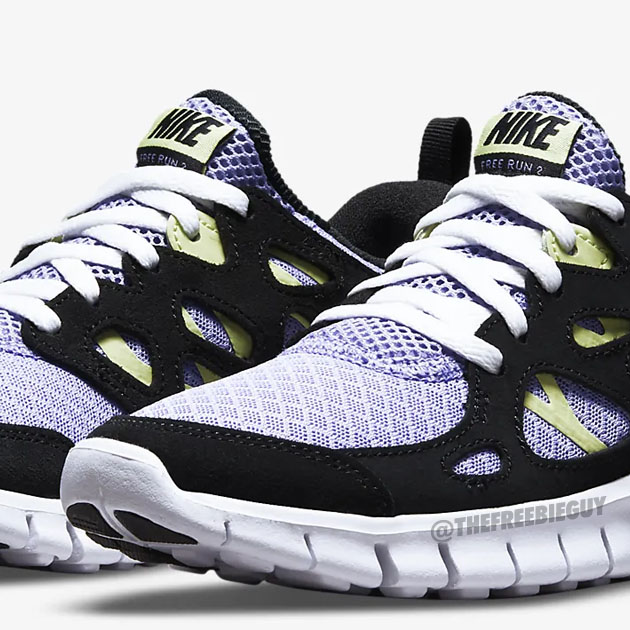In a world where consumerism reigns supreme and the urge to own the latest products often overshadows the impact of our choices, a quiet revolution is taking place. As we navigate the complexities of modern living, a growing number of individuals are discovering the profound benefits of embracing sustainability through second-hand and rental options. This shift not only encourages a more mindful approach to consumption but also fosters a sense of community and creativity in how we acquire the things we need. In this article, we will explore the myriad advantages that come from choosing pre-loved goods and rental services, illuminating how these choices can lessen our environmental footprint while enriching our lives in unexpected ways. Join us as we delve into the world of sustainable living and uncover the transformative power of opting for options that prioritize the planet and promote a more thoughtful approach to ownership.
Rethinking Consumption: Unlocking the Environmental and Economic Advantages of Second-Hand and Rental Options
As consumers increasingly seek alternatives to traditional shopping, the rise of second-hand and rental markets presents a compelling case for both environmental stewardship and economic practicality. By opting for previously-owned goods, individuals can significantly reduce waste and lower their carbon footprint. **Consider the following advantages of embracing a circular economy:**
- Waste Reduction: Each item bought second-hand reduces the demand for new products, which often require extensive resources to produce.
- Cost Savings: Renting or purchasing used items can lead to substantial savings, allowing consumers to allocate funds to other priorities.
- Unique Finds: Second-hand shopping often unveils one-of-a-kind items, adding character and charm to your wardrobe or home.
- Promotes Local Economy: Supporting thrift shops and rental businesses boosts local economies and creates jobs in the community.
Furthermore, the rental model provides an innovative solution, particularly for high-cost items:
| Item | Purchase Cost | Rental Cost (per month) | Frequency of Use |
|---|---|---|---|
| Designer Dress | $300 | $50 | 1-2 times/year |
| Camera Equipment | $1,200 | $100 | Every few months |
| Bicycle | $600 | $40 | Occasionally |
By reevaluating our consumption habits and turning to second-hand and rental options, we can create a sustainable future that benefits both our wallets and the planet.
Empowering Choices: How Shopping Sustainably Can Enhance Your Lifestyle and Community Impact
Making conscious decisions in our shopping habits not only benefits our wallets but also fosters a healthier planet. By opting for second-hand items and rentals, you actively participate in a cycle that promotes sustainability while enhancing your lifestyle. Consider the following advantages:
- Unique Finds: Discover one-of-a-kind pieces that tell a story, adding character to your wardrobe or home.
- Less Waste: Reduce landfill contributions by giving pre-loved items a second chance.
- Cost Efficiency: Save money while acquiring quality goods that hold value over time.
- Community Strengthening: Support local shops and thrift stores that build connections and uplift your neighborhood.
- Environmental Impact: Decrease your carbon footprint by cutting down on new production demands.
Engaging in sustainable shopping practices suggests a shift towards a more mindful lifestyle, emphasizing quality over quantity and the importance of community. The simple act of choosing used or rented items extends beyond personal benefits, creating a ripple effect that fosters collective responsibility and dedication to a healthier ecosystem.
| Type | Benefits |
|---|---|
| Second-Hand | Less environmental impact, unique items, budget-friendly |
| Rental | Cost-effective for special occasions, variety without commitment |
Key Takeaways
In a world increasingly aware of its environmental footprint, embracing sustainability isn’t just a trend—it’s a pivotal way of life. By choosing second-hand and rental options over new purchases, we not only reduce waste but also cultivate a culture of mindful consumption. From the thrill of finding unique treasures in thrift stores to the practicality of rental services that cater to specific needs, each choice we make has the power to ripple outwards, transforming our communities and the planet for the better.
As we step into a future that prioritizes ecological balance, remember that every small decision contributes to a larger narrative of sustainability. So, whether you’re scouring flea markets for vintage gems or renting that special outfit for an occasion, know that you’re not just making a purchase; you’re participating in a movement. Together, let’s embrace sustainability and redefine what it means to value resources, creativity, and our shared world. The journey toward a more sustainable existence begins with choices—let’s make them count.










